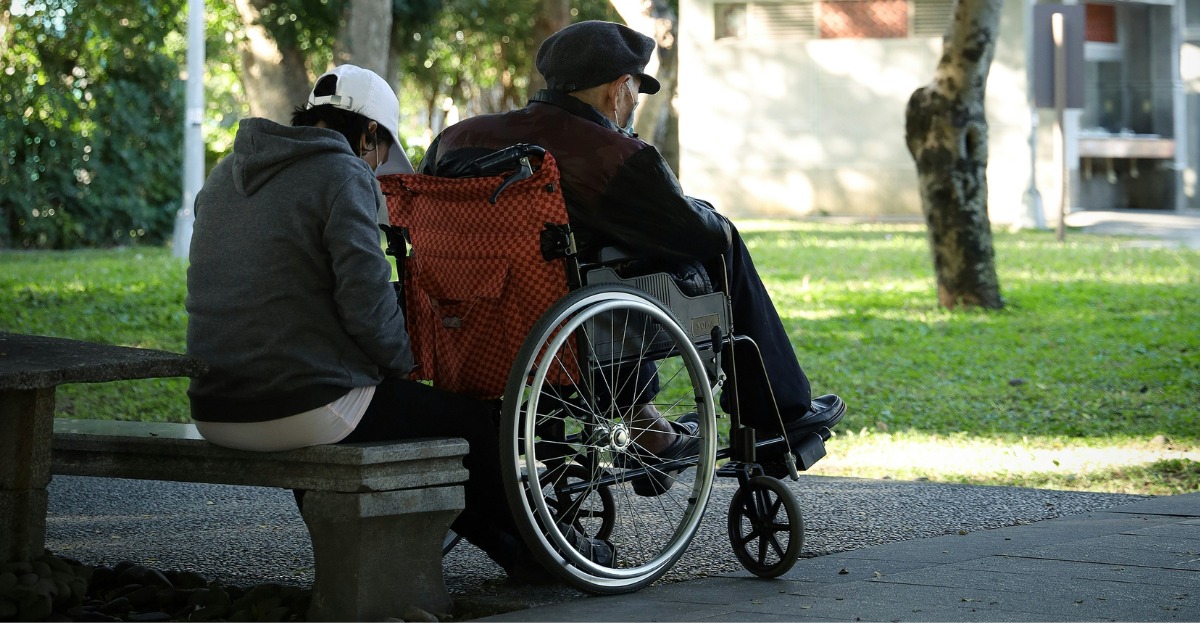The difficulty in finding appropriate accessible housing is an ongoing issue for many ageing Australians, those who live with disability and those who care for them. A recent scoping study by the Australian Human Rights Commission found that given the increasing prevalence of disability, an estimated 60 per cent of homes will, at some point, be occupied by a person with disability or injury.
The study, published earlier this year, found that because so few homes are designed to meet the needs of people with disability or older Australians, there are numerous problems with existing housing options. These include poor access, unsuitable internal layouts and a lack of other qualities such as good light and connections to outdoor views.To help get around the issue without breaking the bank, increasing numbers of families are looking at building bespoke ancillary dwellings on their properties.
YOU magazine contacted a number of specialist builders to get the lowdown on all you need to know about building a granny flat.


.png?width=2400&height=1246&ext=.png)

